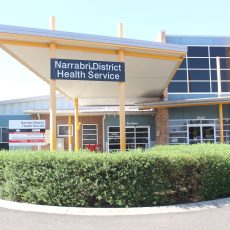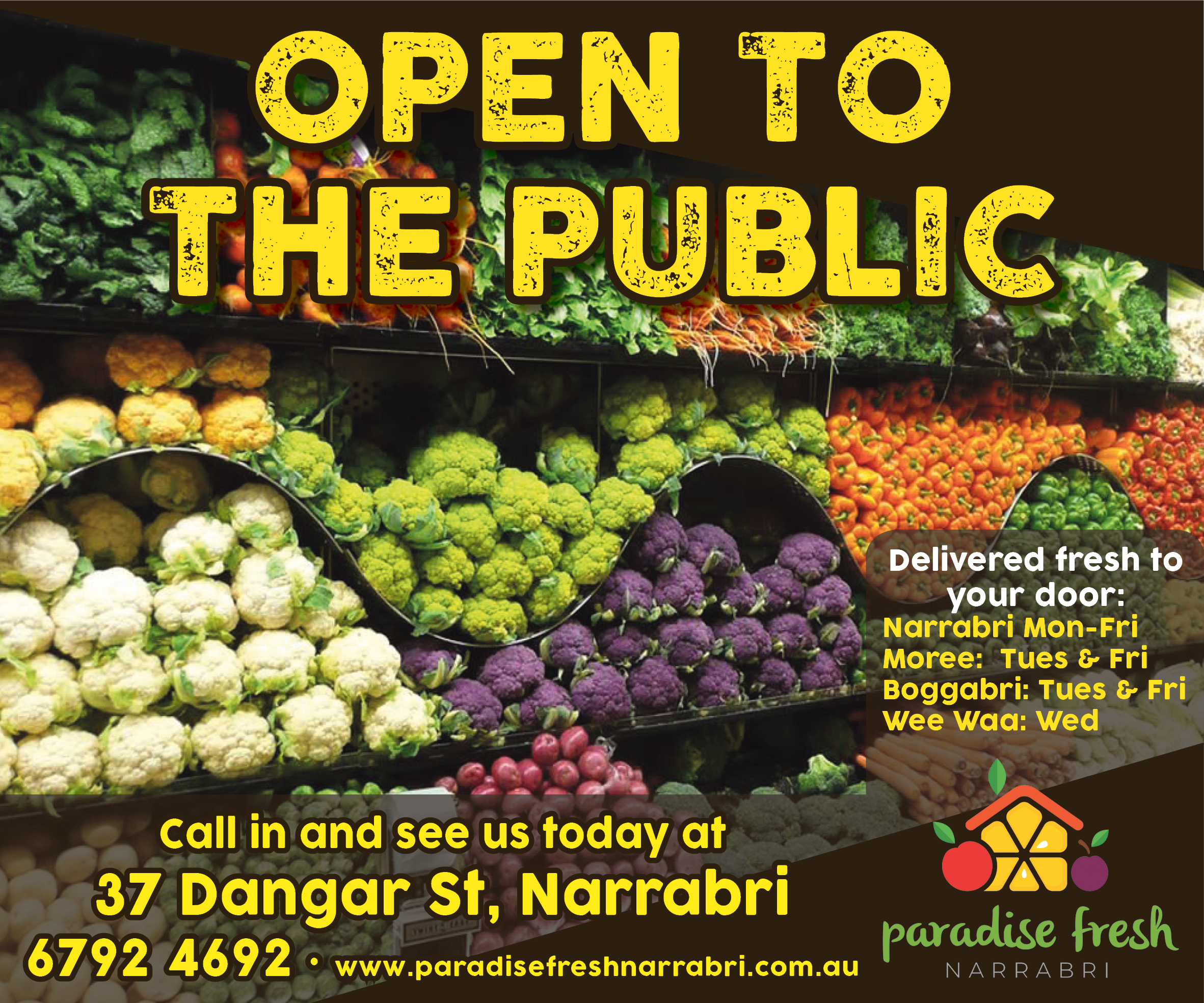Bernadette Melton has received the Delia Muller Aboriginal and Torres Strait Islander Award for her cultural and scientific contributions at the Commonwealth Scientific and Industrial Research Organisation (CSIRO).
She was honoured to be nominated by CSIRO deputy site leader Sandra Williams and especially appreciated the recognition of the important contributions of Indigenous people at the organisation.
“It was a bit of a surprise that I was nominated,” said Bernadette, who has been at the Cotton Research Institute since 2018.
“I always feel supported by the leadership team at CSIRO, they continuously encourage me to think about how we can improve things, and I always feel valued – this feels like an official recognition for the extra things I do.”
As well as celebrating the contributions of Aboriginal and Torres Strait Islander people to culture, economy and science, the award provides opportunities to extend professional development towards career training and experience.
Bernadette got to travel with her husband to the award ceremony held at the National Gallery in Canberra, where she also had the opportunity to meet Delia Muller herself.
Part of the nomination came through her work with the Bacillus thuringiensis (Bt) resistance group at the Cotton Research Facility in Myall Vale, where alongside her team, she helped to develop a molecular tool used to determine the genetic resistance of the Helicoverpa moth pest.
“If we couldn’t have the tool here, we would’ve been sending those insects to Canberra, and a lot of that work would’ve been done there, so now we don’t have to outsource it,” said Bernadette.
“The two ladies in the lab that I work with have brilliant knowledge of that traditional method of screening, and they brought me up to speed on that really quickly.
“And I’ve taken the lead, just to be a bit more confident in the science side of things, to get that going here at Narrabri.”
The Myall Vale leadership team also acknowledged Bernadette’s role in bringing Indigenous culture to the site through her progress toward the organisation’s reconciliation action plan. She was proud to play a role in naming three new site buildings – a lab, plant and soils facility, and cotton breeding processing building, all in native language.
“The leadership at Ag and Food suggested that we have it named in the language and I was probably that driver to make sure it was meaningful and not just a tokenistic thing and slapping some names on a building,” said Bernadette.
Bernadette helped drive consultation with the Wee Waa community to find names that represented the purpose and science conducted in the buildings.
“For example, the lab where I work – Ngurrugu gunthi – ‘Tomorrow’s House’ – symbolises the science of tomorrow, what we do in that space, and the molecular work we’re doing.
“We’re continuing to work towards the future, rather than continuing with old ways and utilising technology to get efficient and quicker results.”
The new plant and soils facility was named Mara galgaa – ‘Many Hands’ representing that biomass usually requires many hands to process the plant material.

Bernadette Melton at CSIRO’s Myall Vale site, standing on the land she’s helped to invigorate with her cultural and scientific contributions.
To represent the new cotton processing facility and the research that breeders have contributed towards making better varieties of cotton, the building was named Maruma-li, meaning to fix, mend, or make better, capturing how plants respond and adapt without compromising yield.
With the naming, Bernadette also invited cultural knowledge holder Clinton Lamb, who led a smoking ceremony, an important ritual for indigenous people to cleanse and renew the energy in those spaces.
Bernadette felt that Mr Lamb’s presence was an opportunity to promote inclusivity and demonstrate to those on site, the symbolic connection to the language, and the contributions that Aboriginal people have made to the cotton-growing community.
“In the early days, there were work camps around the area, where a lot of Aboriginal families moved to work in the cotton fields, and that was in the days of chipping, which were very labour intensive,” said Bernadette.
“It’s important to me that the cotton industry recognises that contribution while we’re celebrating that the crop was brought here and all the great genetic and engineering advances that we’ve made to develop these varieties.”
CSIRO also invited the elders from the community who once worked on the surrounding cotton fields as children.
“It’s really special, and there aren’t enough words to really explain being able to do that,” said Bernadette.
Now Bernadette has taken on a new role in the education space and hopes to have an impact on the community as project officer for CSIRO’s ‘Deadly in Generation’ STEM initiative, which is a $10 million project engaging and attracting more Indigenous students to the STEM industries.
“Programs like these are a real opportunity for our organisation to take that action,” said Bernadette.
“We want to support them in school, help teachers embed the perspective that these kids have science in their DNA, and really celebrate and privilege indigenous people as the first scientists.”
The program currently runs in Illawarra, Wollongong, and Nowra, and will this year be offered to high schools in the Moree Region.
“I’ve had a lot of time to think about my purpose, and I want this generation to be able to see themselves as scientists, even if it’s with bush medicine – to be able to look into their culture and see the opportunities so they don’t question their purpose or value in life and what’s available to them.
“As an indigenous person, last year was really tough, and it’s easy to get overwhelmed about how to change a whole nation when we just need to look at our backyard and the contributions we can make in our local area.”
Bernadette has decided to use the $10,000 awarded from the professional development grant to attend Indigenous education conferences in New Zealand and Australia, so she can learn more about how other countries interact with their Indigenous people and enacted treaties.
“I’m excited by different opportunities that I have presented to me and this grant is going to be a key one to help chase some of these bigger dreams,” said Bernadette.
“I’ve landed in a team where I get to share my passion of culture and science, to be able to inspire that next generation, that’s going to be more rewarding than anything.”
To order photos from this page click here










